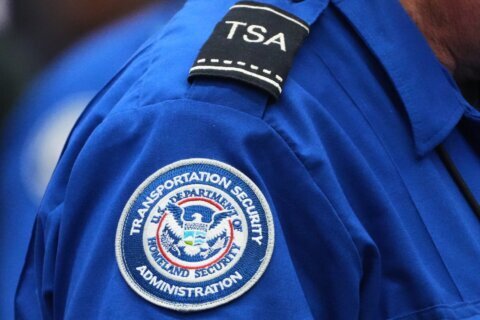
Maryland Gov. Wes Moore announced Friday that certain economic relief programs responding to the Francis Scott Key Bridge collapse will sunset, beginning in late June.
In a news release, the governor’s office said the programs, which began in April, have provided $37.4 million in assistance to those affected by the Francis Scott Key Bridge collapse on March 26. Those include $6.4 million for minority or women owned businesses, and $22 million to support Baltimore area businesses, according to the release.
The bridge collapsed into the Patapsco River after a cargo ship lost power and crashed into one of the bridge’s support columns. Six construction workers were killed in the incident.
The programs scheduled to sunset on June 28 are:
- Maryland Department of Labor Worker Support Program
- Maryland Department of Commerce Business Assistance Program
- Maryland Department of Housing and Community Development Business Grant Program
In addition, the Department of Housing and Community Development Business Loan Program, which provides loans to businesses impacted by the Key Bridge collapse, says that program will end on August 15.
For those wishing to apply for the temporary programs before they expire, visit:
- The Maryland Department of Labor Resources for Workers and Businesses Impacted by the Francis Scott Key Bridge Collapse
- The Maryland Department of Housing and Community Development Key Bridge Collapse Business Support
- The Maryland Department of Commerce Port of Baltimore Emergency Assistance Program
“Thanks to the collaboration of bipartisan lawmakers and leaders across state government, we stood up financial relief programs at incredible speed, avoiding mass layoffs and deep financial pain for countless workers and businesses,” said Gov. Moore in the news release. “Our call was simple: Mission First — People Always. Together, Maryland answered that call.”
Get breaking news and daily headlines delivered to your email inbox by signing up here.
© 2024 WTOP. All Rights Reserved. This website is not intended for users located within the European Economic Area.









